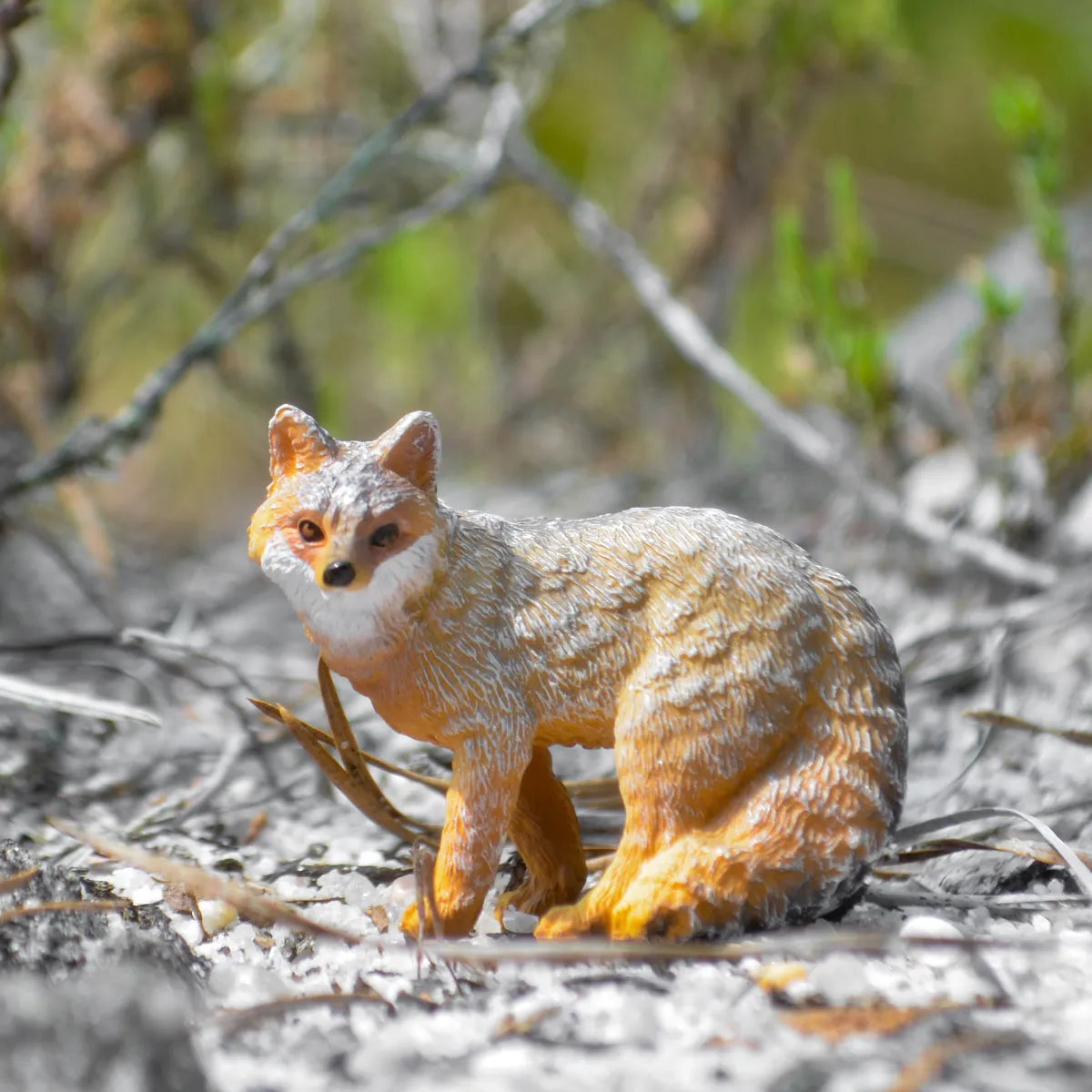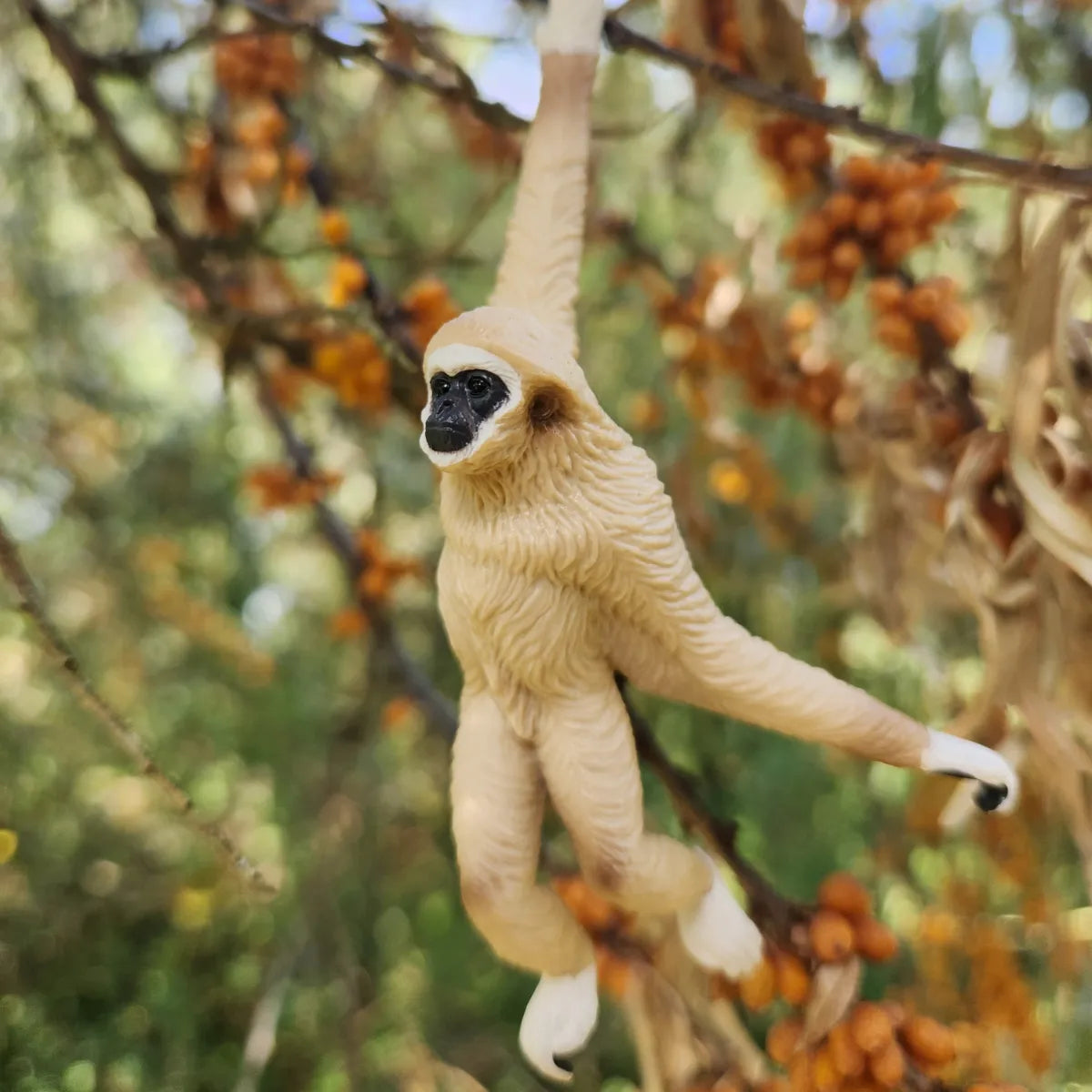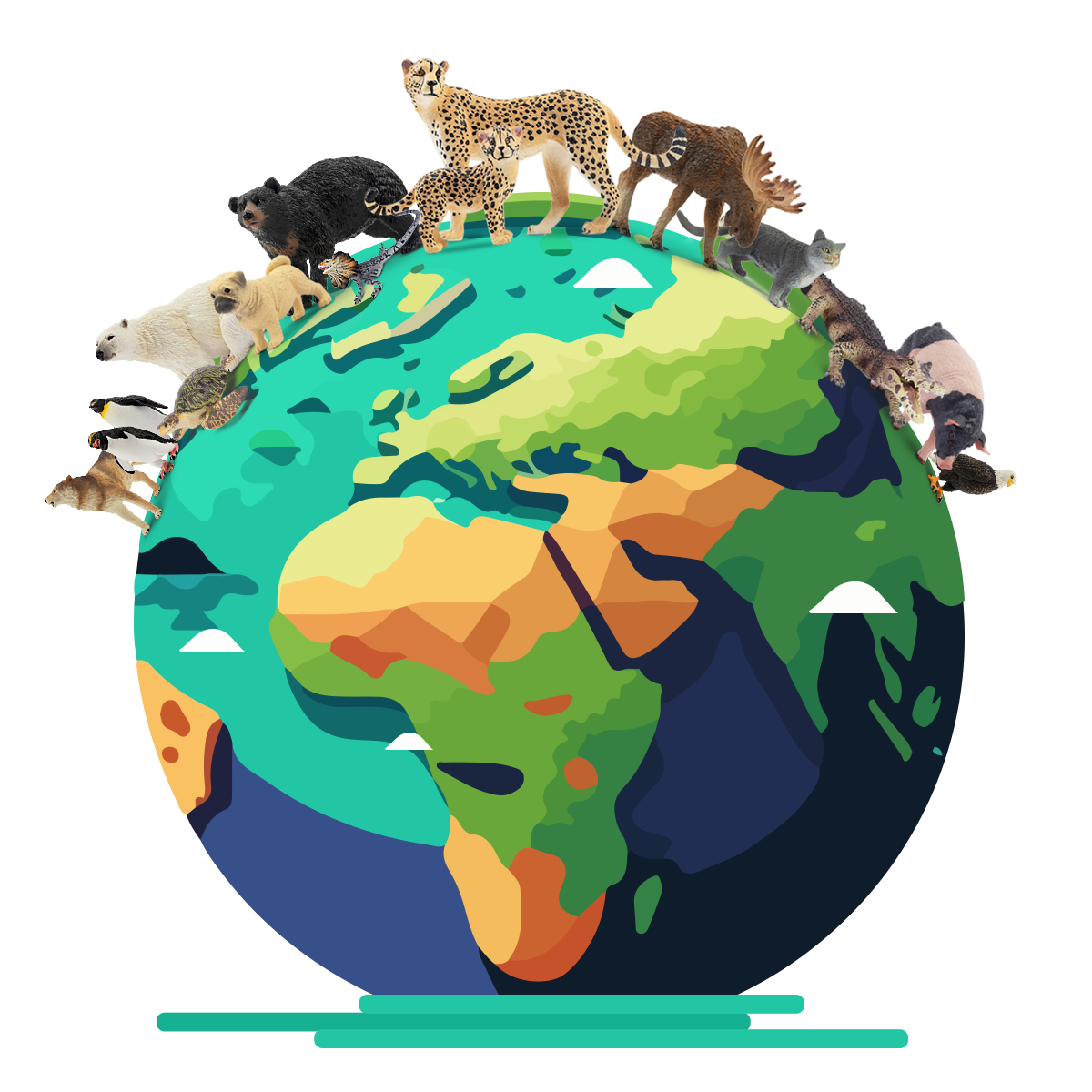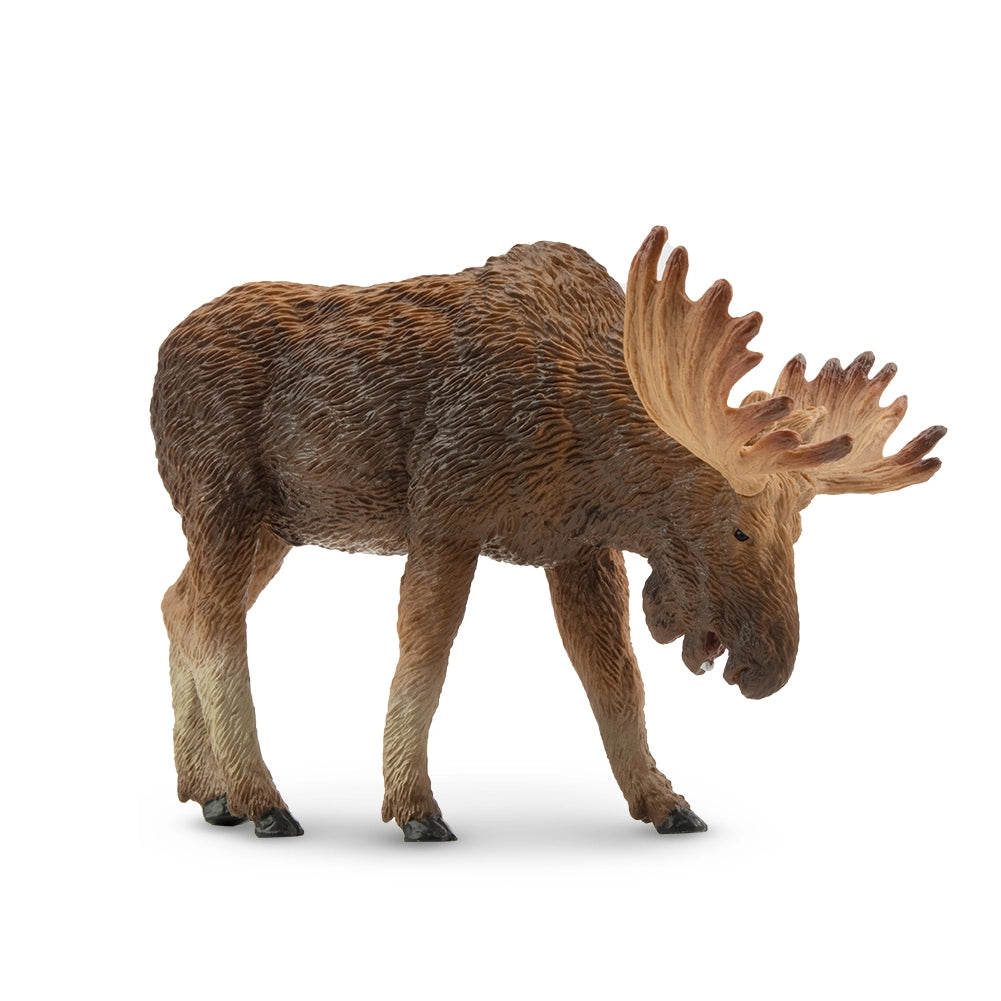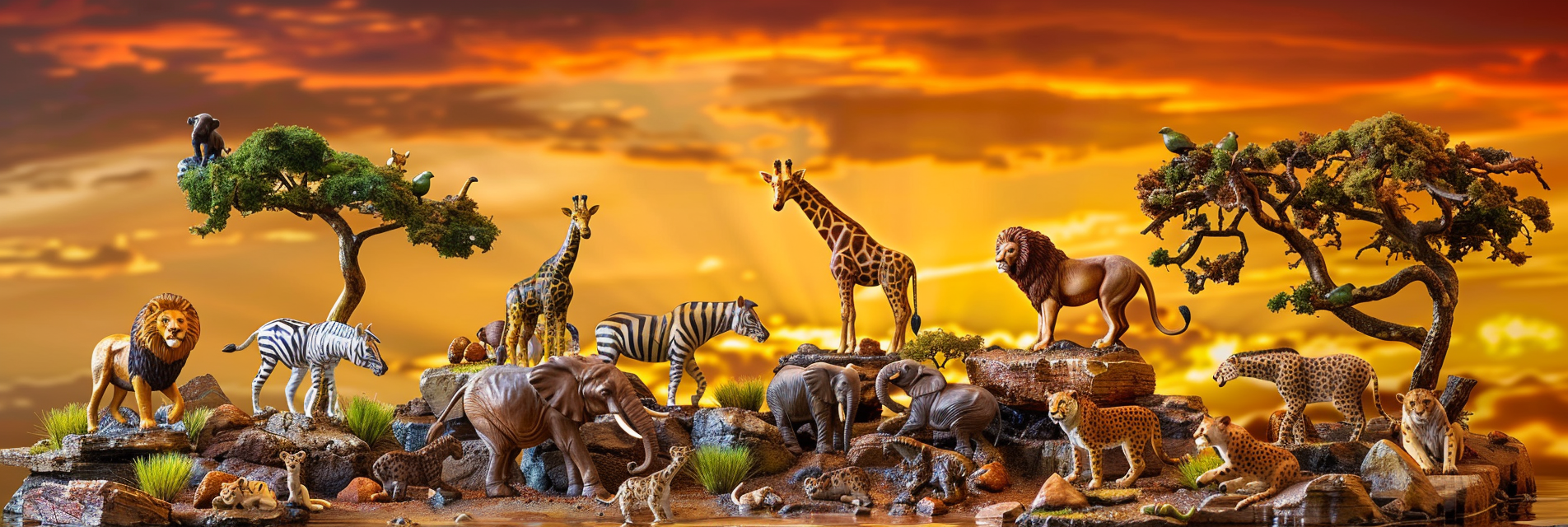
Moose
The Moose (Alces alces) is the largest member of the deer family, Cervidae, known for its imposing stature, long legs, distinctive muzzle, and the massive antlers carried by males. Moose are distributed across the northern forests of North America, Europe, and Asia, adapted to cold climates and thriving in boreal and mixed deciduous forests.
Scientific Name
Alces alces
Behavior
Moose are solitary animals, with the exception of mothers with calves. They are not territorial but have home ranges that they use seasonally. These majestic creatures are browsers, feeding on a diet of leaves, bark, pine cones, twigs, and aquatic vegetation. In the summer, they are often found near lakes, rivers, or wetlands, where they consume large amounts of aquatic plants, demonstrating their excellent swimming abilities.
Breeding
The breeding season, or rut, occurs in the fall. During this time, males become more aggressive and actively seek out females. Males engage in displays of dominance, which can lead to intense fights using their antlers. After mating, the female undergoes a gestation period of about 8 months, giving birth to one or two calves in the spring. Calves stay with their mother for a year, or until she gives birth again.
Characteristics
Moose are known for their large size, with males (bulls) standing up to 2.1 meters (6.9 feet) tall at the shoulder, making them the tallest of the deer family. Bulls can weigh over 635 kilograms (1,400 pounds), while females (cows) are smaller. The antlers of a mature bull moose are broad and palmate, resembling open hands, and can span over 1.8 meters (6 feet) across. Moose have a long, drooping nose and a "bell" or dewlap under the throat, which is more prominent in bulls.
History
Historically, moose have played a significant role in the culture and survival of indigenous peoples across the Northern Hemisphere, providing materials for tools, clothing, and food. European colonization and the expansion of human settlements led to changes in moose habitats and populations. In some areas, overhunting and habitat loss significantly reduced their numbers.
Current Status
The global population of moose is considered stable, but regional variations exist, with some populations declining due to habitat fragmentation, climate change, hunting pressures, and increased predation. In North America, conservation efforts and management practices, such as regulated hunting and habitat restoration, have been successful in maintaining healthy moose populations in many areas. However, climate change poses a new threat, affecting the availability of suitable habitat and food sources, and increasing vulnerability to diseases and parasites like winter ticks, which have been detrimental to moose calves in particular.
Conservation of moose involves monitoring populations, managing their habitats, regulating hunting to ensure sustainable populations, and addressing emerging threats like climate change and disease. As an iconic species of the northern forests, the moose continues to be a focal point for wildlife conservation and management efforts.


